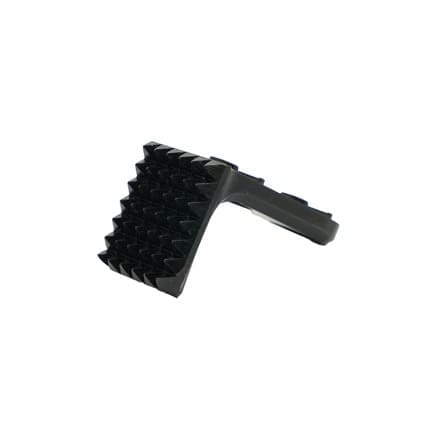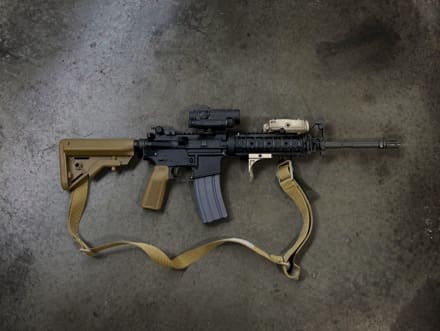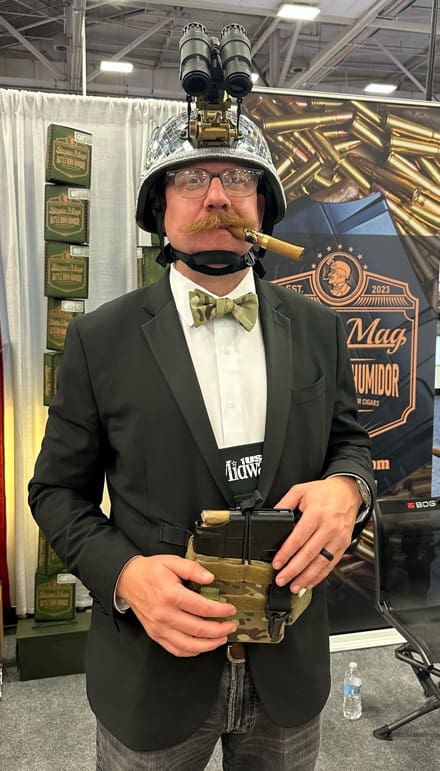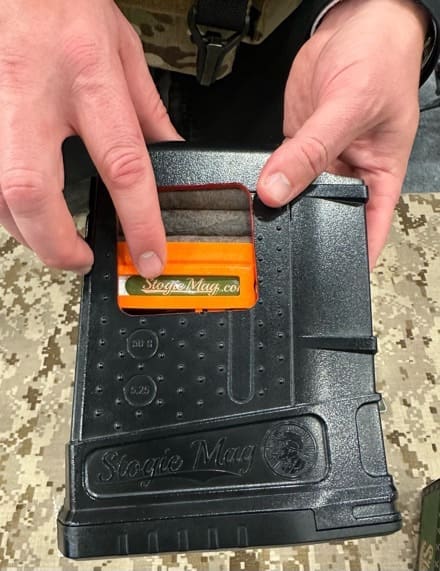
BOISE, Id. 21 May, 2024 – PWS (Primary Weapons Systems) is proud to announce that the newest product in the PWS portfolio, the UXR (User Xchange Rifle), is now shipping to dealers across the United States. This rifle, previously introduced to the public at SHOT Show 2024, allows for revolutionary, unparalleled modularity. The UXR platform is currently available in .223 Wylde and 300 BLK with a .308 caliber option to follow shortly.
The true innovation in the UXR platform lies in the patent-pending Xchange system. The upper receiver of the UXR is the only serialized part of the setup, enabling the shooter to easily transition from configuration to configuration, caliber to caliber. The UXR also features an incomparable look and feel – combining functionality, ergonomics, and aesthetics into one platform. Adaptability is the core principle of the UXR, showcased in its many customizable features such as an adjustable buttstock that can fold left or right, an adjustable cheek plate, and ambidextrous-able selector switch, magazine release and even the charging handle. The UXR platform also features a proprietary internal operation, or a “modified long-stroke piston system”, allowing the rifle to adapt and perform flawlessly with any UXR barrels regardless of caliber. This allows the user to swap calibers and barrels without needing to adjust the gas system each and every time. The newly designed Bore Evacuator reduces back pressure, especially when a suppressor is being used, making the UXR the perfect platform for suppressed shooting.
For more information on the UXR, head to the PWS website or contact your local dealer. For more information on PWS, head to primaryweapons.com.
























































































































